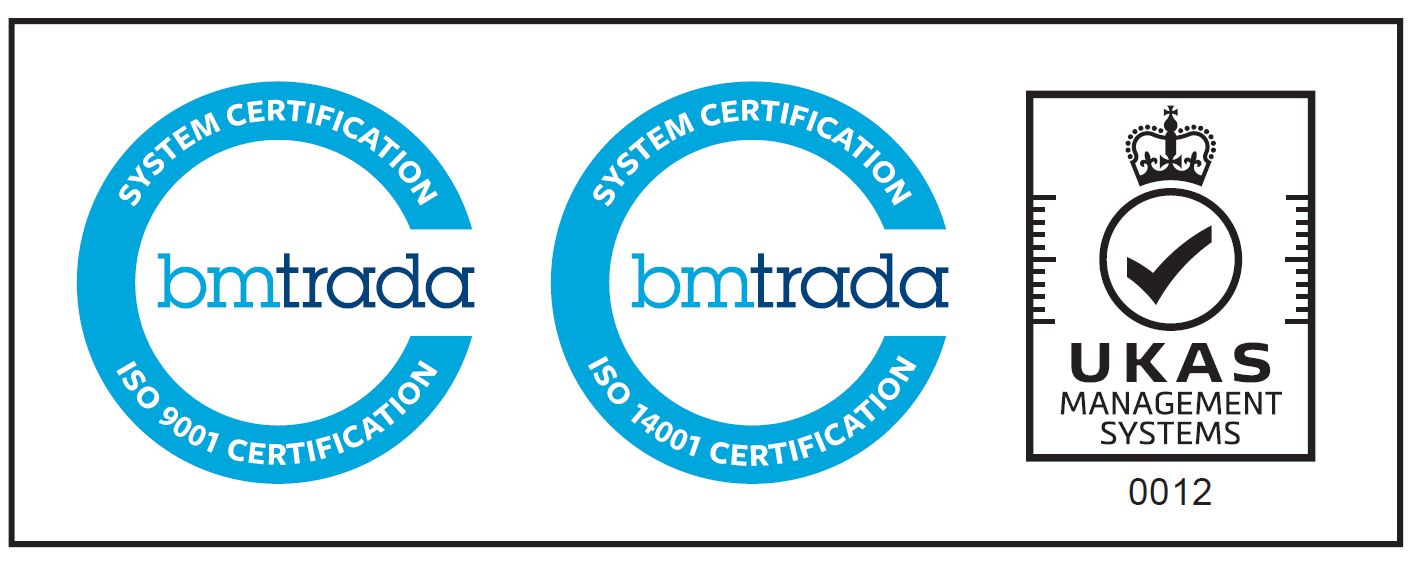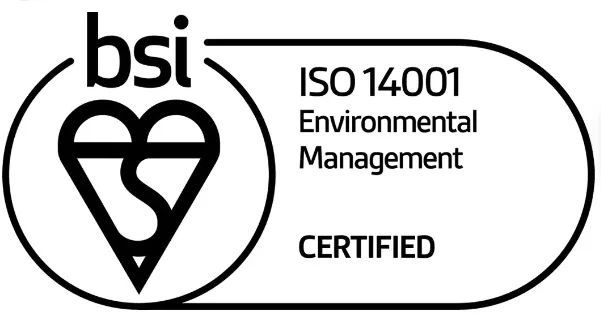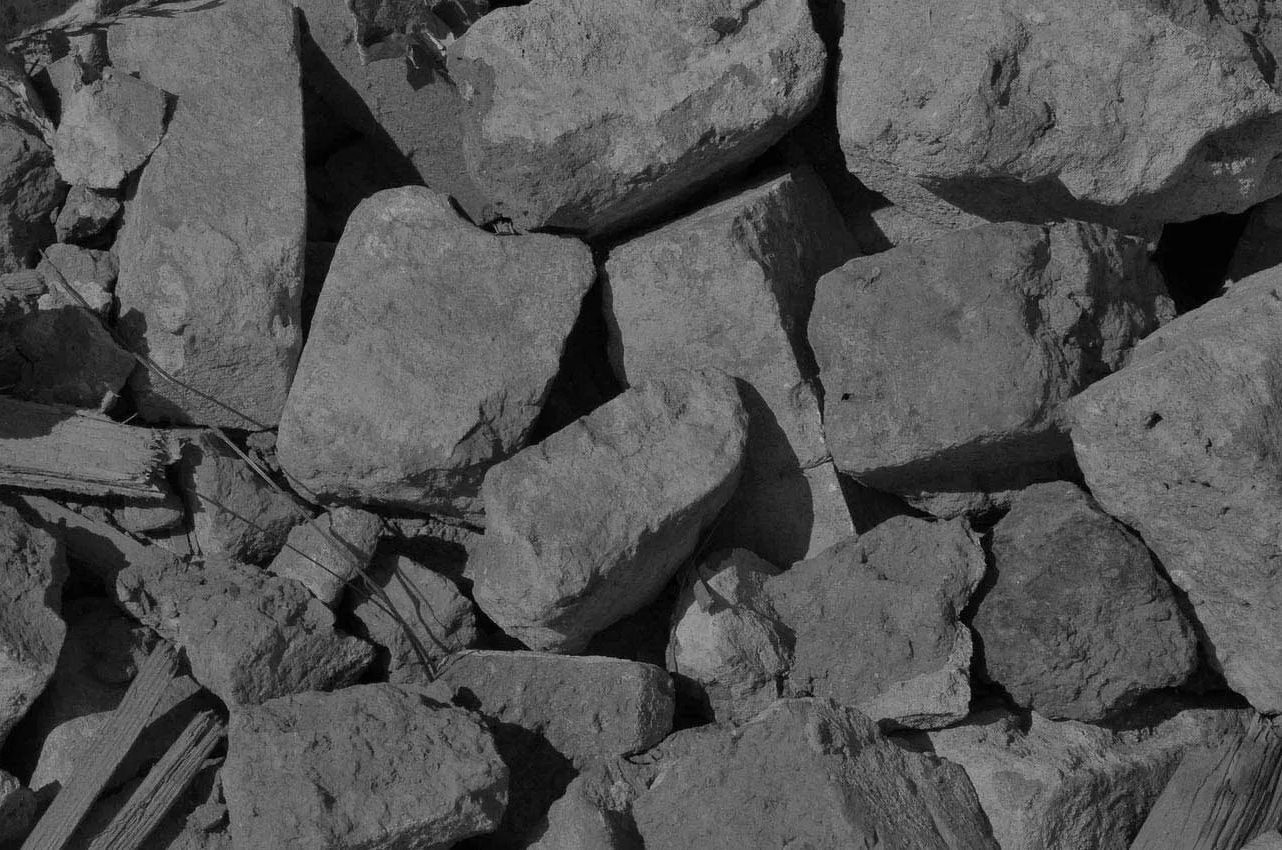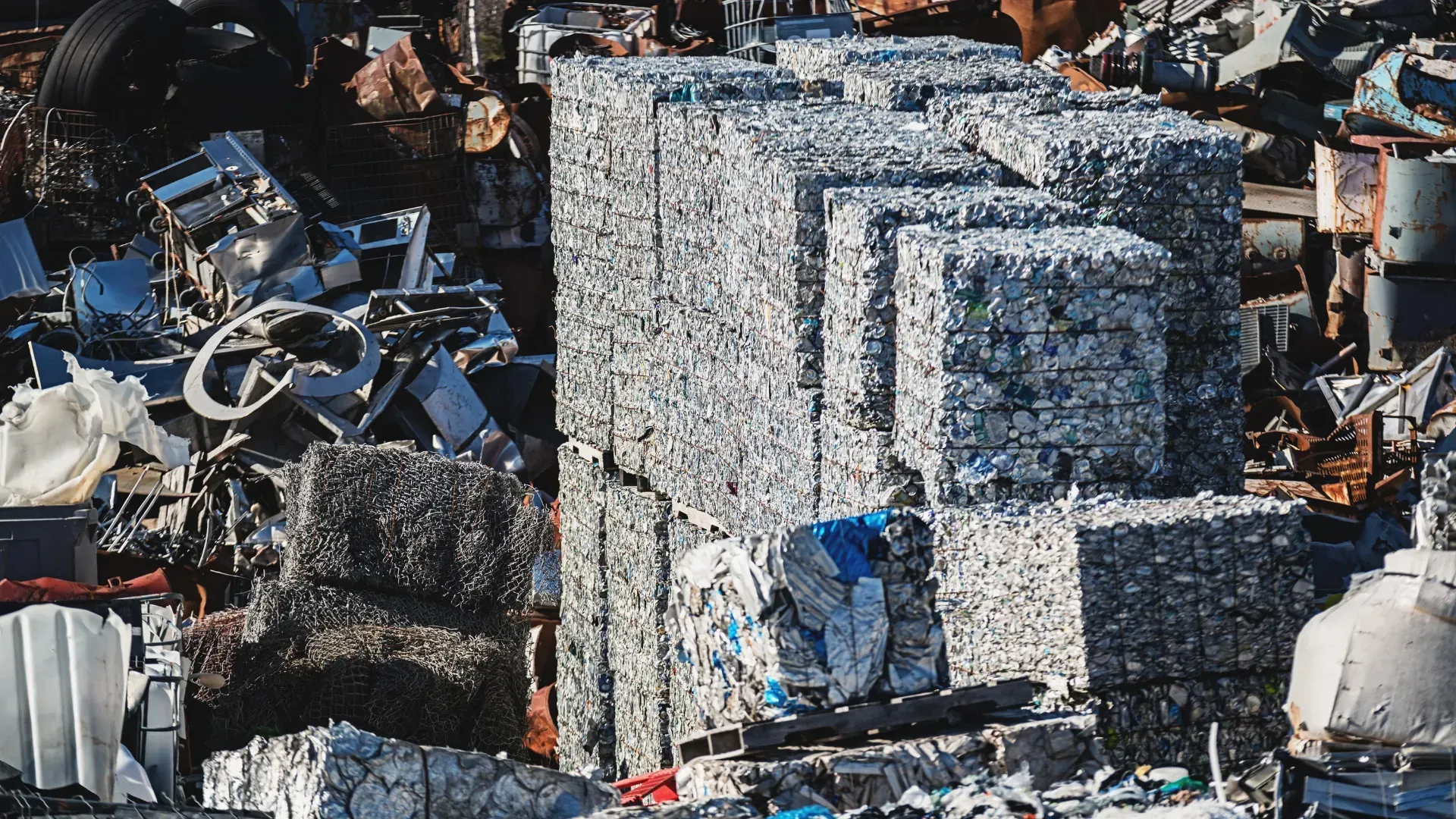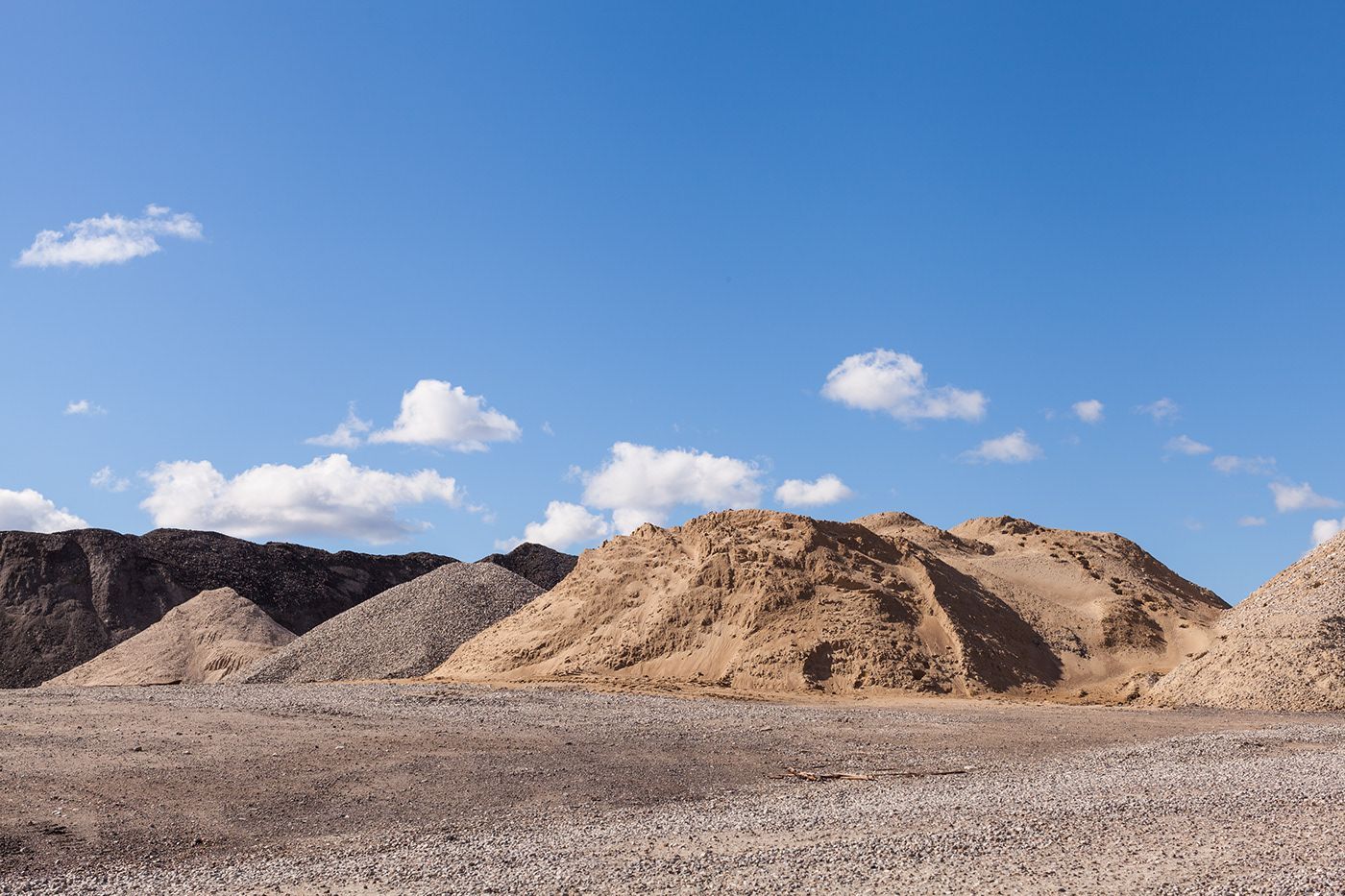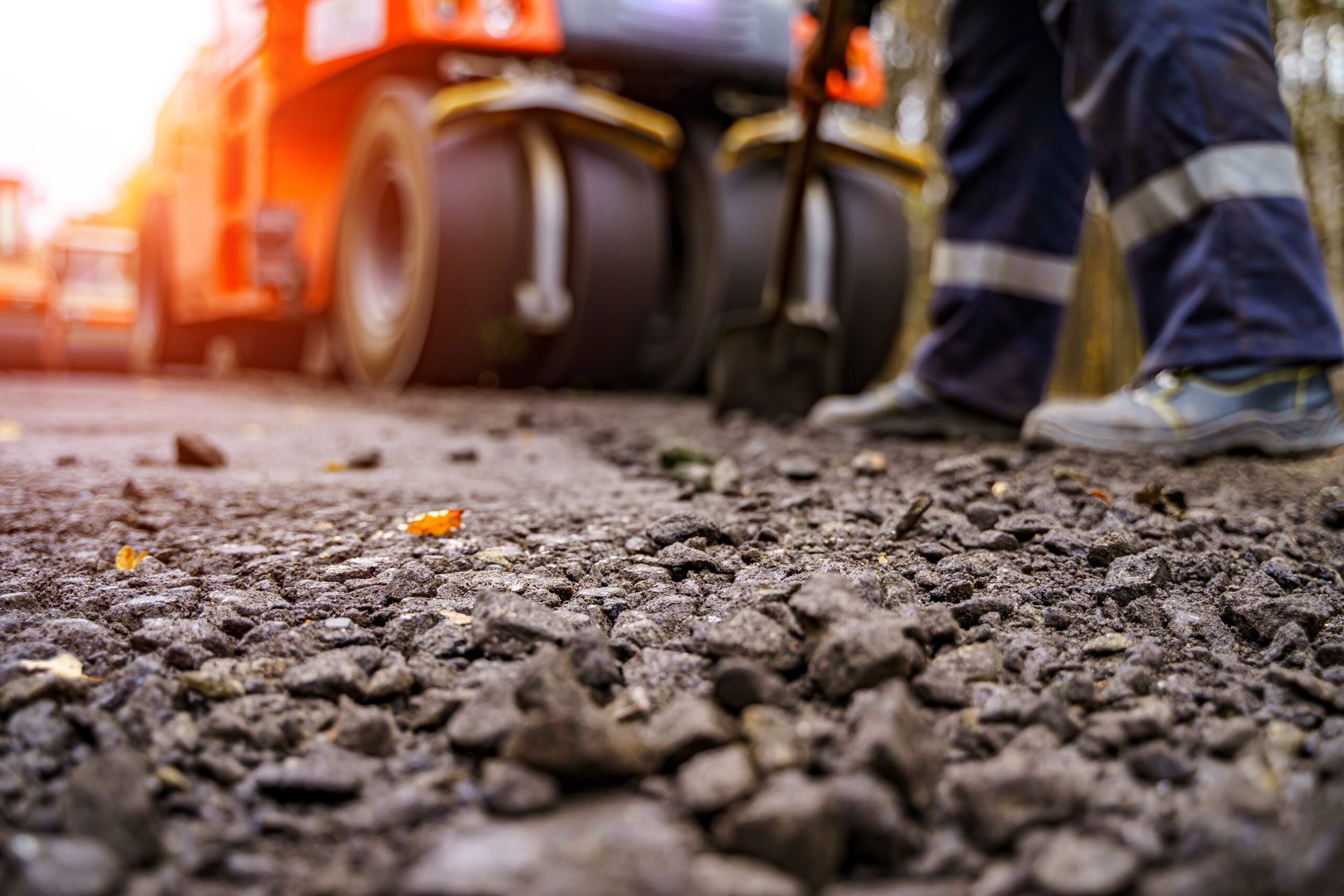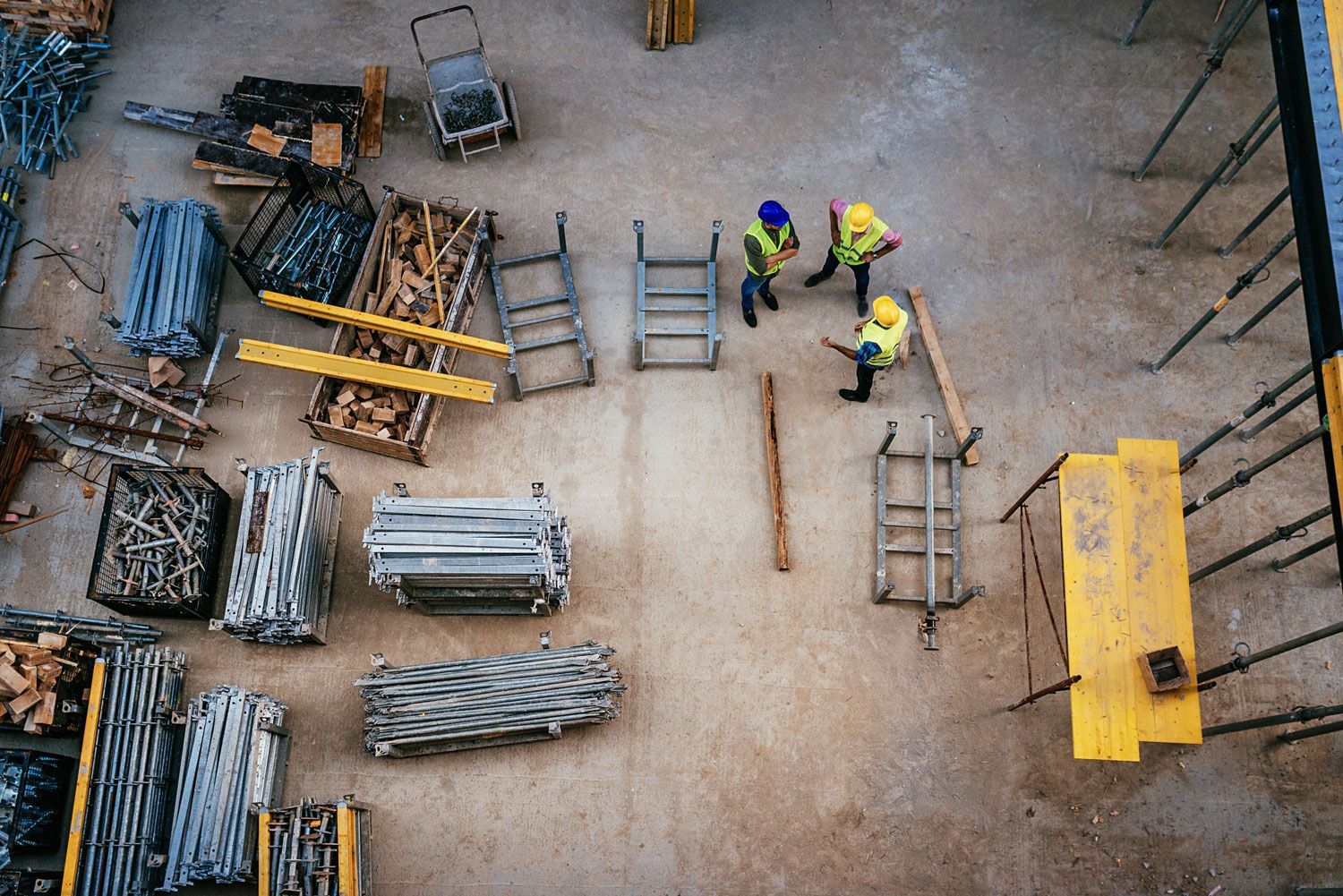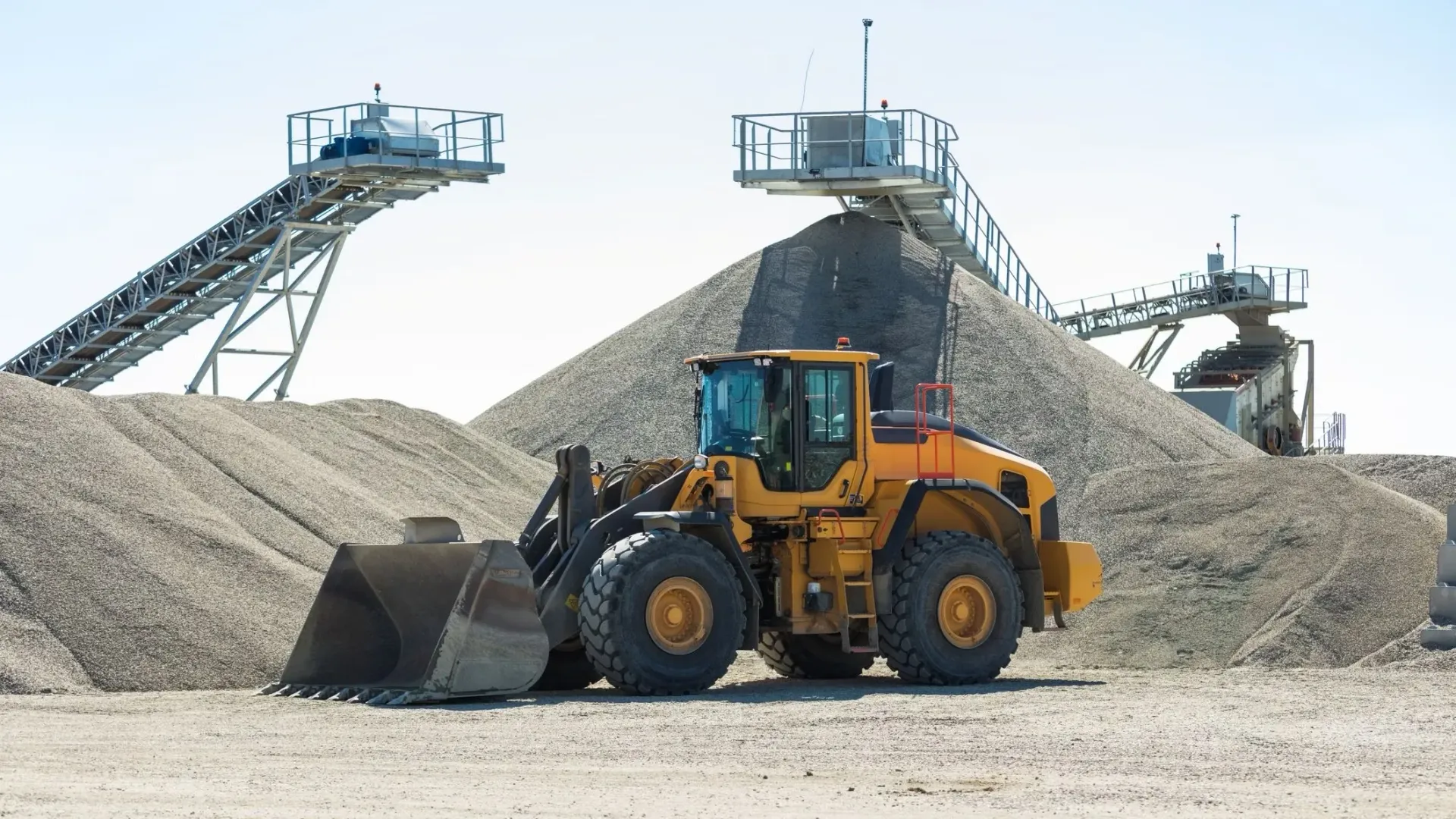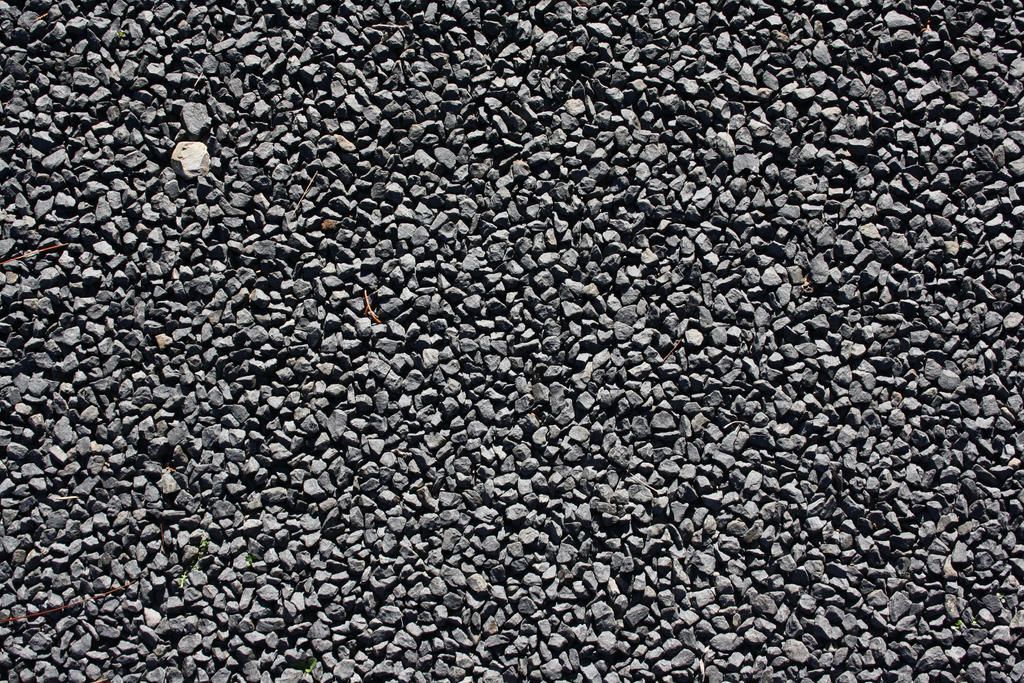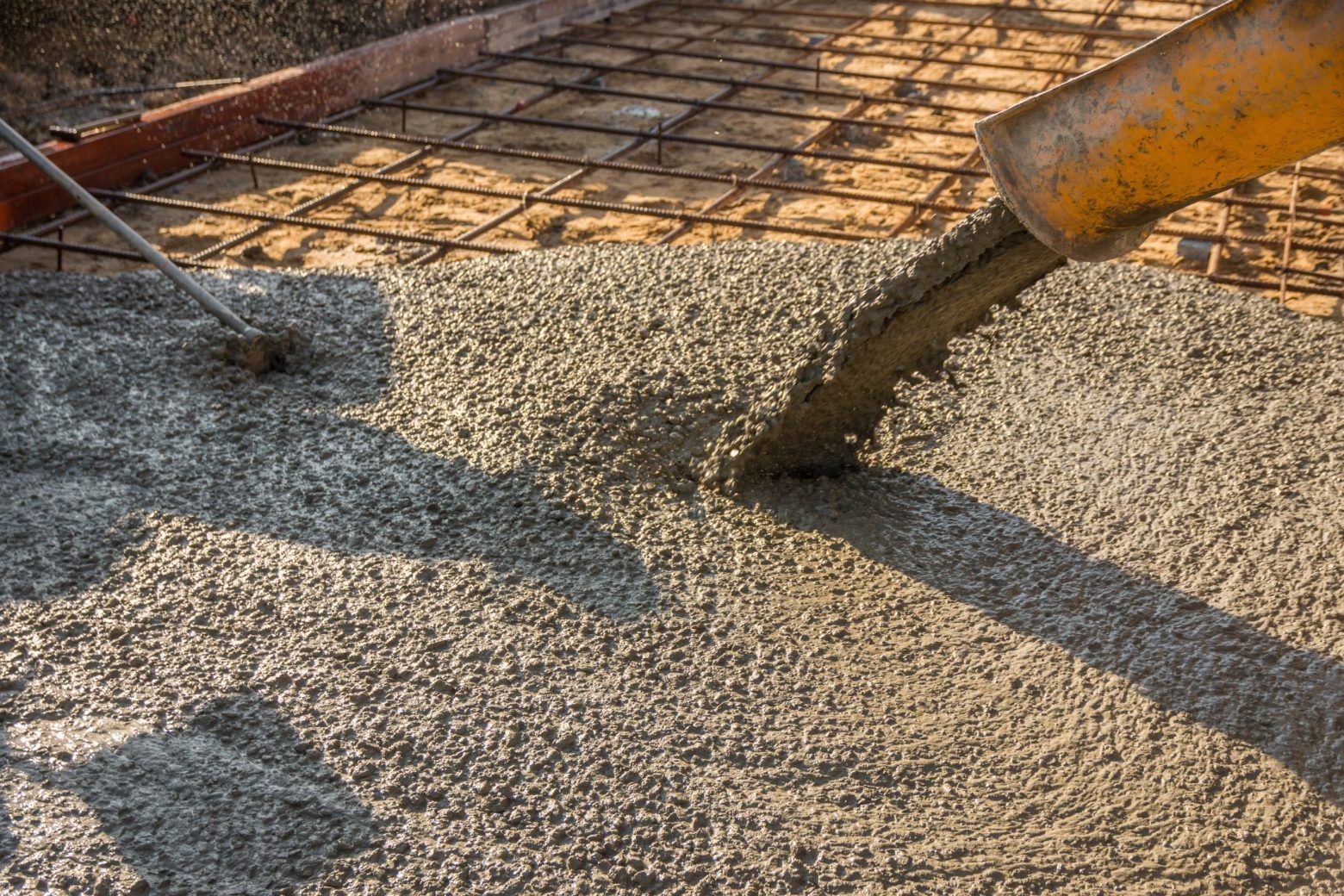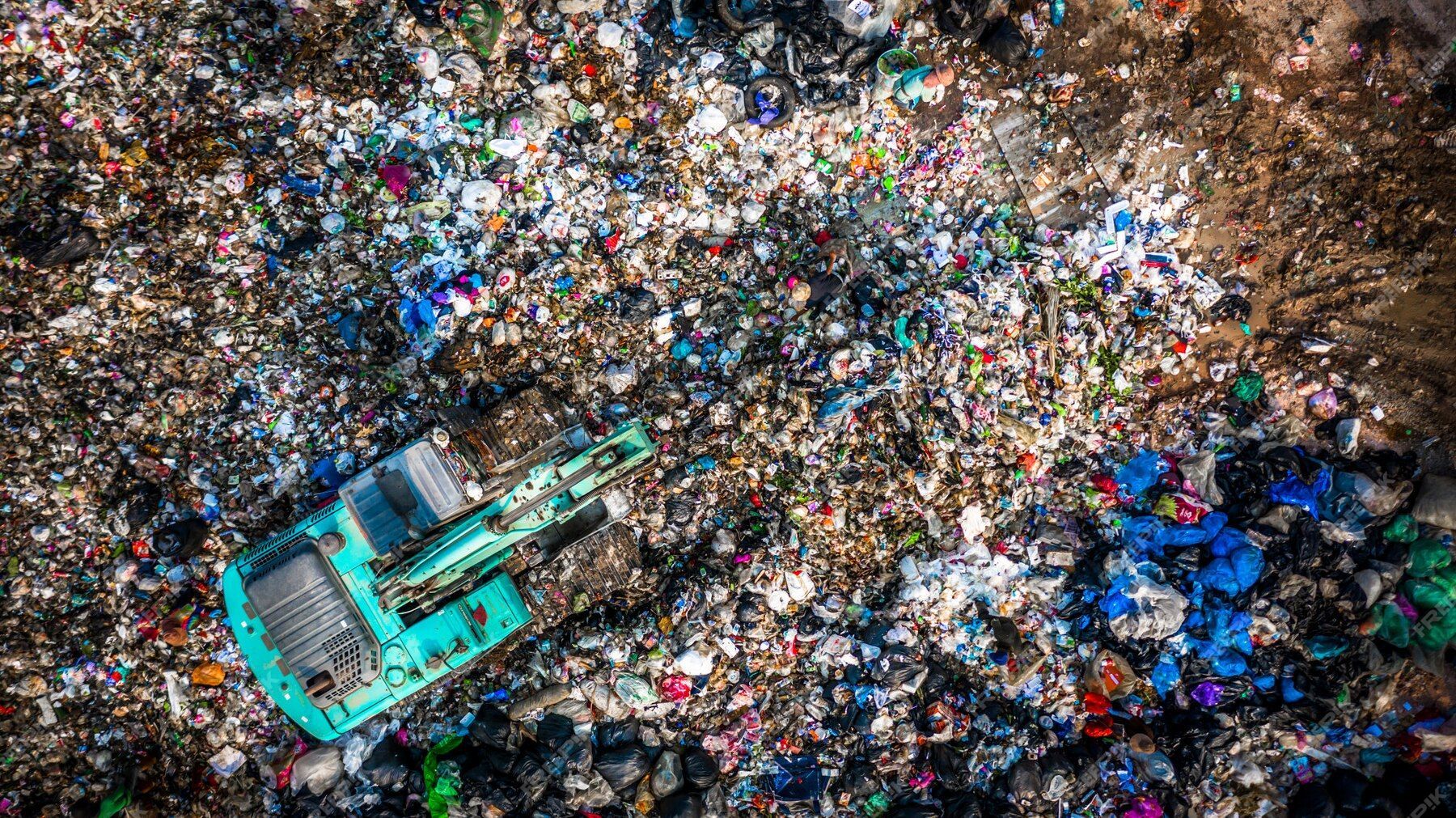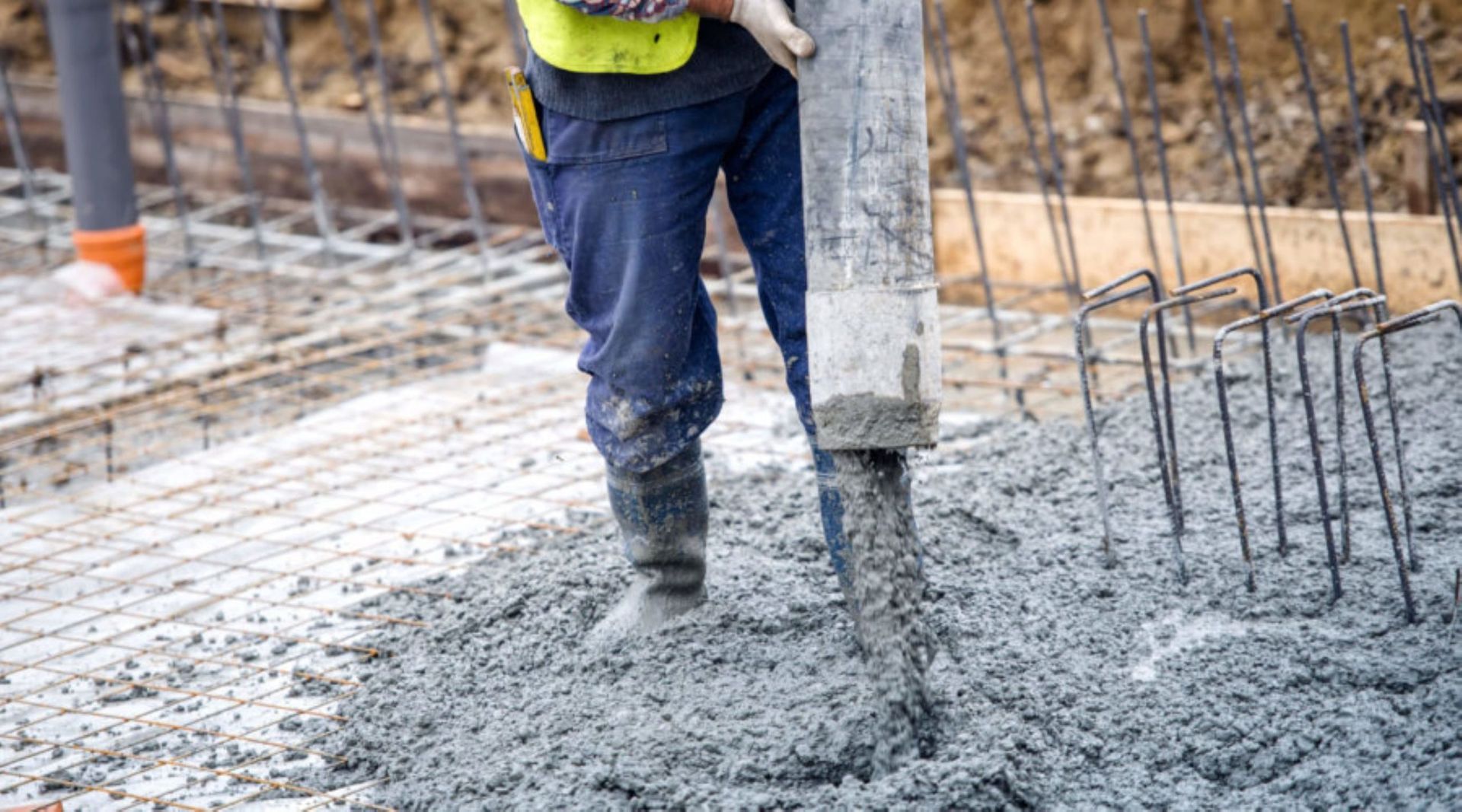What is Building Sand and What is it Used For?
No matter the construction project, it’s important to ensure you are working with the right kind of sand. Building sand is widely used in the building industry, making it an essential construction material. Read on to find out everything you need to know about this important aggregate.
What is building sand?
Building sand is a soft sand suitable for bricklaying, pointing applications, rendering and general building usage. Applications also include precast such as block and concrete paving. Building sand can be quarried, dredged from the sea floor, or mined from rivers. It typically comes from water sources, as water creates sand particles that are more favourable for combining with other materials to form the likes of concrete or cement.
What is building sand used for?
Building sand is suitable for a wide range of uses, including:
Bricklaying
Building sand is commonly used for bricklaying, thanks to its fine texture and the stickiness of its clay composition. Its clay-heavy composition also means it's very compressible, making it easy to work with when bricklaying.
Rendering
Building sand can be used for the base layer or top layer of any rendering, although plastering or rendering sand is generally preferred, due to it being finely textured and clean-washed. So while building sand can be used in the main rendering mix, it shouldn’t be the primary ingredient.
Concrete or cement
Sharp sand is usually preferred over building sand when making concrete because of its grittier consistency, however it’s possible to add a coarser aggregate to your building sand if you don’t have any sharp sand to make concrete.
Gardening and landscaping
Building sand is a relatively inexpensive material that can be easily obtained and used in various gardening applications. It can improve drainage in soil, making it useful for plants that require well-draining soil to thrive. The coarse texture of the building sand can help to loosen heavy or compacted soil, making it easier for roots to penetrate and grow. It can create a stable base for patios, walkways, and other hardscapes in a garden, providing a solid foundation for these structures. Building sand can be mixed with other materials, such as compost or topsoil, to create a custom soil mixture tailored to your plant’s specific needs.
What shouldn’t you use builders sand for?
Building sand should not be used for:
● Concreting and screeding (unless mixed with a coarse aggregate)
● Paving and patio laying
● Children’s sand pits
● Golf bunkers
● Masonry
● Rendering (aside from bottom or top layer)
It’s worth remembering there is a shortage of builders’ sand because it is used by the construction industry in such vast quantities. Around 50 billion tonnes of sand is used every year and demand is only increasing. This causes problems as there is only so much sand that can be taken from the ocean bed before causing environmental problems.
What other types of sand can be used for building projects?
While building sand is the most common type of sand used in building projects, there are many other suitable varieties. Here’s a few you might come across:
Sharp sand
This type of sand is a fairly coarse type of sand due to the fact that the particles that make it up are fairly large. Typically the grain particles are also quite sharp and angular in shape. It’s primarily used in making concrete as due to the shape of the grains, it binds extremely well to form a tough and solid surface, but due to the size and shape of particles, it is not that smooth.
As it is mainly mined from inland areas away from the coast it does not contain salts that would otherwise allow it to absorb atmospheric moisture and this makes it ideal for use in the building trade where moisture and damp issues need to be avoided.
In fact, the name “pit” refers to how it's sourced; It’s essentially dug out of a large pit from ground, roughly 1-2 metres below ground level. More often than not, sharp sand or pit sand has an orangy red colouring as it is often found in areas with concentrations of iron-oxide.
To summarise, sharp sand should be used for:
● Concreting
● Masonry Work
Jointing Sand (aka Washed Sand or Beach Sand)
Jointing sand or beach sand is collected mostly from beaches and areas around coastlines. Beach sand is also known as washed sand which relates to the way in which it’s processed in that it is washed through to remove any unwanted dust, clay, silt, sediment etc. after which it is then left to thoroughly drain.
In terms of the grains that make up beach/jointing sand, they do tend to be very fine and through the action of the tides swooshing everything around do also tend to be very smooth and rounded. Colour-wise, beach sand is normally a yellowy, brownish colour.
Due to the fact that beach sand is collected from coastal regions, it does contain the aforementioned salts that absorb atmospheric moisture and cause damp issues. Due to this it is not used widely in construction. One other issue is that it also contains chloride - if you have ever witnessed an old piece of metal that’s been exposed to sea air for a period of time, you may have noticed that it’s probably heavily corroded (rusty).
When it comes to the building industry, this type of sand needs to be kept well away from any structural steel as it will cause it to corrode in a relatively short space of time.
Despite the above, beach sand does have some uses:
● Jointing paving and patio slabs
● Children’s sand pits (needs to be double washed to remove all contaminants)
● Recreational areas
● Golf bunkers
Artificial Sand (Crushed Stone Sand, M Sand)
Artificial sand (or M sand – manufactured sand) is named as such because it’s artificially created and not naturally sourced. On a comparative level, artificial sand is a very close match to building sand mostly because building sand tends to be more widely used than any of the other types. In terms of how artificial sand is made, it is produced through crushing up basalt rock or granite rock and due to this is normally greyish in colour.
Although M sand or artificial sand is not commonly used currently, it is gaining some popularity due to the fact that natural building sand is in short supply. As it is aimed as a direct replacement for river sand, its grains are of a similar size and shape.
With the above in mind, it can be used in the following applications:
● Plastering
● General mortar/masonry work
● Brick and block laying
● Rendering
Horticultural Sand
This type of sand is specifically designed for use in gardens and landscapes. It is finer and cleaner than builder’s sand and typically sterile and pH-balanced, making it a better choice for gardening applications.
Pumice Sand
This type of sand can also come in use when gardening or landscaping. It is made from volcanic rock and has a porous, spongy texture. It is lighter and more moisture-retentive than other types of sand, making it a good choice for mulch or soil mixes for plants that require a lot of moisture.
Construction materials and eco friendly landfill at William Thompson & Son
William Thompson & Son has proudly supplied local construction and building companies with high-quality quarry products for more than 75 years. Our quarry in the heart of Dumbarton has grown from humble beginnings to become one of the leading suppliers of everything from gabion stone and concrete sand to natural stone products and asphalt. Our natural quarry products are suitable for an enormous range of projects – from small-scale infrastructure jobs to the construction of flood defences, road surfacing and driveway laying. We can even provide graded sand for use in sports and equestrian applications. So if you’re in search of gravel supply and more, please
get in touch with us today to find out everything you need to know about our services.
